Ayodhya Temple, popularly called Ram Mandir, is located in the ancient city of Ayodhya, Uttar Pradesh. It holds immense significance in Hindu mythology as the birthplace of Lord Rama. Revered as one of the seven most sacred cities in Hinduism, Ayodhya attracts millions of pilgrims and tourists annually. The temple symbolises devotion and spirituality, reflecting centuries of rich culture and tradition. After years of historical and political discussions, the temple’s construction was finalised in 2020 and completed in 2024, making it a focal point for those seeking spiritual enlightenment. Visitors can explore its intricate architecture, attend religious ceremonies, and experience the vibrant local traditions.
Ayodhya Temple Location
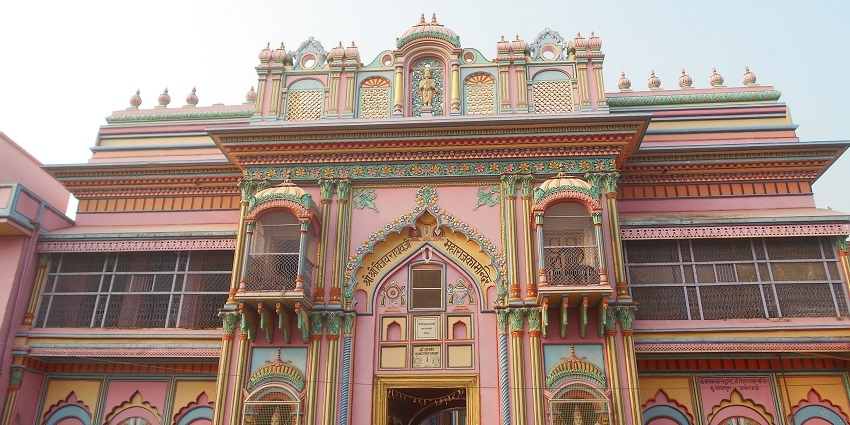
Photo: PP Yoonus / Wikimedia Commons / Image For Representation Only
Ayodhya is situated in the Faizabad district of Uttar Pradesh, approximately 135 kilometres east of Lucknow and about 300 kilometres from Varanasi. The city is located on the banks of the Saryu River, enhancing its spiritual atmosphere. It covers a significant area and is known for its temples, ghats, and historical landmarks. The Ram Mandir is located in the centre of the city, making it easy for visitors and pilgrims to reach. The city has witnessed many transformations, evolving from its ancient roots to a modern pilgrimage site, with ongoing developments contributing to its cultural and historical relevance.
Suggested Read: Places To Visit In Naimisharanya For A Scenic Retreat
How To Reach Ayodhya Temple
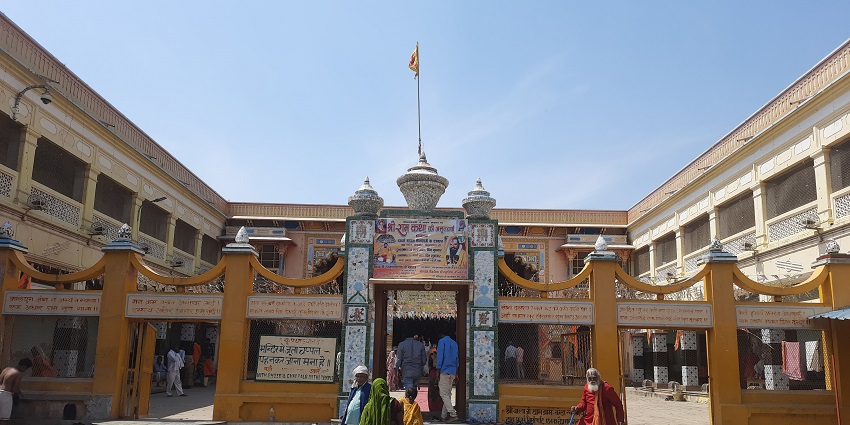
Photo: Gouravtyagee15 / Wikimedia Commons / Image For Representation Only
Here are some ways to reach the Ayodhya Temple:
By Air: The nearest airport to Ayodhya is Ayodhya Airport, located approximately 10 kilometres away. Flights to Ayodhya Airport are available from major Indian cities. Travellers can hire taxis or take buses from the airport to reach the temple.
By Train: Ayodhya Railway Station connects the city with various parts of India. Regular trains from major cities like Delhi, Varanasi, and Lucknow operate here, making travel convenient. The railway station is around 5 kilometres from the temple, and local transportation is readily available.
By Road: Ayodhya is well-connected by roads. Buses from cities like Lucknow and Varanasi frequently arrive at Ayodhya’s bus terminal. Taxis and auto-rickshaws are also available for local travel.
Places To Visit In And Around Ayodhya
Some notable places to explore in and around Ayodhya temple, each offering unique cultural and historical insights, are:
1. Hanuman Garhi
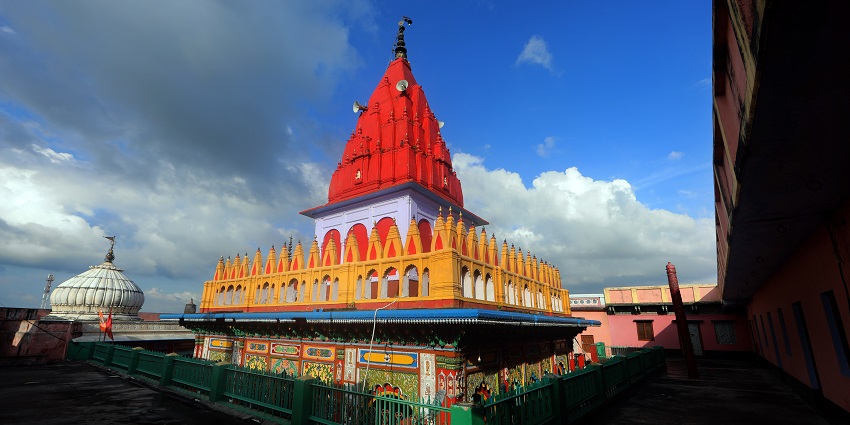
Photo: Prashant Kharote / Wikimedia Commons
Hanuman Garhi is a significant temple dedicated to Lord Hanuman. It is located on a hill that offers panoramic views of Ayodhya. Believed to be the protector of Ayodhya, this temple features intricate carvings and beautiful architecture. Visitors must climb approximately 76 steps to reach the temple, making it a moderately challenging trek. Devotees come here to offer prayers and seek blessings, especially on Saturdays, which are considered auspicious for Hanuman worship. The atmosphere is vibrant, filled with chants and prayers, especially during festivals like Hanuman Jayanti.
Location: Near Ram Janmabhoomi, Ayodhya
Timings: 5 AM – 9 PM
Entry Fee: N/A
Suggested Read: The Wonder Of Kanpur Zoo
2. Kanak Bhawan
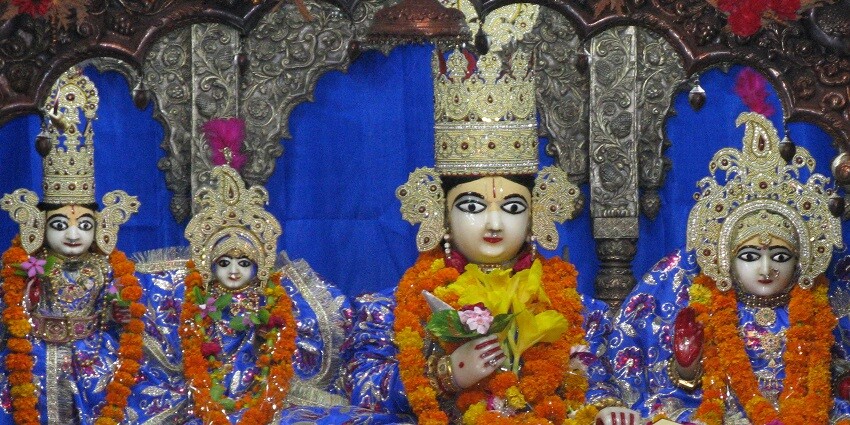
Photo: Vishwaroop2006 / Wikimedia Commons / Image For Representation Only
Kanak Bhawan, dedicated to Lord Rama and his consort Sita, is a famous place near the temple for its exquisite architecture and rich history. The queen of Tikamgarh built this temple in the 18th century, featuring impressive carvings and gold-plated domes. The temple’s interior houses idols of Rama and Sita, adorned in royal attire. Festivals such as Ram Navami are celebrated here enthusiastically, attracting numerous devotees. Visitors can admire the beautiful murals and sculptures that narrate the life and times of Lord Rama.
Location: Ramkot, Ayodhya, Faizabad, Uttar Pradesh
Timings: 6 AM – 12 PM, 4 PM – 8 PM
Entry Fee: N/A
3. Nageshwarnath Temple
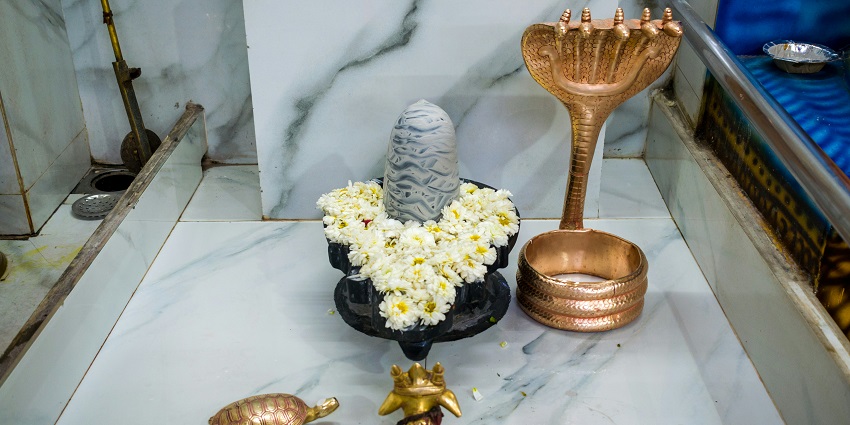
Photo: Sonika Agarwal / Unsplash / Image For Representation Only
Nageshwarnath Temple is one of the oldest temples dedicated to Lord Shiva. The temple was believed to be constructed by Lord Rama’s son, Kush. The temple features intricate sculptures and carvings that depict various deities. Devotees visit this temple, especially during the month of Shravan, to seek blessings. The temple is known for its calm environment, making it a perfect spot for meditation and reflection. Local rituals and traditions are still upheld, offering visitors a glimpse into the cultural practices of the region.
Location: Ramkot, Ayodhya, Uttar Pradesh
Timings: 6 AM – 8 PM
Entry Fee: N/A
Suggested Read: Lucknow Zoo Museum
4. Saryu River

Photo: Ayush Srivastava / Unsplash
The Saryu River is a significant site for religious rituals and is considered sacred in Hinduism. Pilgrims perform various rituals at the river’s ghats, including pind daan (offering to ancestors). The remarkable surroundings provide a peaceful ambience for visitors. Boating services are available for those wishing to explore the river further. The annual Saryu Aarti is a tourist attraction near the temple for many devotees and tourists, showcasing the river’s importance in Hindu culture. The experience of walking along the ghats, especially during sunrise and sunset, is truly remarkable.
Location: Ayodhya
Timings: 24*7
Entry Fee: N/A
5. Treta Ke Thakur
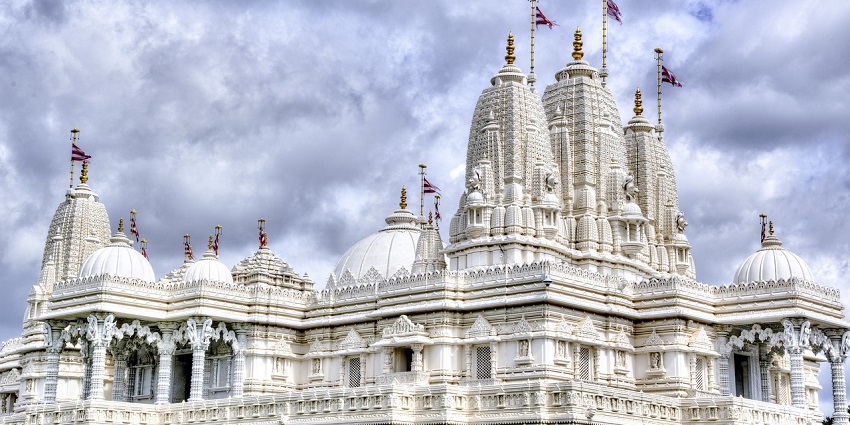
Photo: ChanhNguyen / Pixabay / Image For Representation Only
Treta Ke Thakur is a temple commemorating where Lord Rama is believed to have performed the Ashwamedha Yagna (horse sacrifice). This simple yet significant temple attracts many devotees who wish to pay homage to Lord Rama. The temple has architecture and a peaceful atmosphere for contemplation and prayer. The local priests often share stories about the temple’s history, enhancing the visitor experience. Festivals, especially those celebrating Lord Rama, are observed with great enthusiasm at this site.
Location: Ayodhya
Timings: 6 AM – 8 PM
Entry Fee: N/A
Suggested Read: Places To Visit In Govardhan For A Spiritual Expedition In Uttar Pradesh
Where To Stay

Photo: manbob86 / Pixabay / Image For Representation Only
Ayodhya offers various accommodation options, including hotels, guesthouses, and Dharamshala (pilgrim rest houses). Visitors can find budget-friendly to mid-range accommodations near the temple complex. Some popular hotels include Hotel Ram International, Hotel Ayodhya, and Brijwasi Lands Inn, which provide comfortable stays with basic amenities. Booking in advance during peak seasons, especially during festivals, is advisable to secure suitable accommodations.
Where To Eat

Photo: niekverlaan / Pixabay / Image For Representation Only
Ayodhya offers a diverse range of vegetarian dining options catering to pilgrims’ dietary preferences. Local eateries serve traditional North Indian cuisine, featuring popular dishes such as chole bhature, paneer specialities, and dosa. Recommended dining spots include Baba Ram Restaurant and Maa Sita Restaurant, renowned for their delicious meals and efficient service. Many establishments provide a straightforward dining experience, allowing visitors to savour authentic local flavours in a relaxed atmosphere. Whether you’re seeking a hearty meal or a quick bite, Ayodhya’s vegetarian options are sure to satisfy.
Suggested Read: Things To Do In Saharanpur For A Distinctive Experience
Best Time To Visit
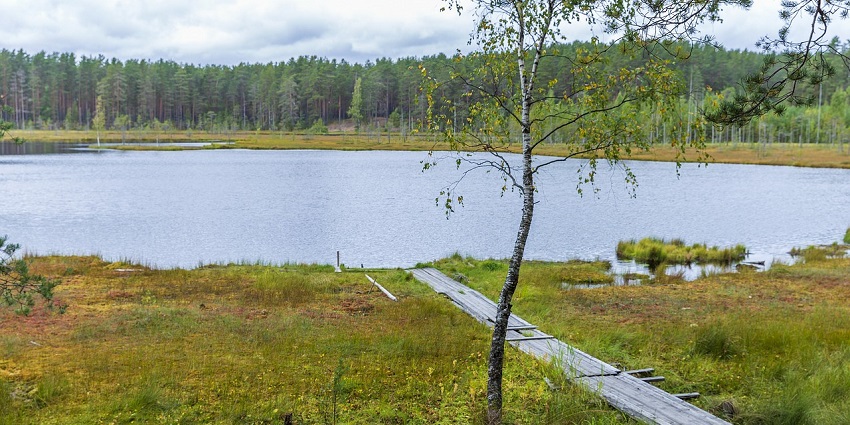
Photo: LuidmilaKot / Pixabay / Image For Representation Only
The best time to visit Ayodhya is between October and March when the weather is pleasant and suitable for exploring temples and outdoor activities. The region experiences a moderate climate during these months, making it ideal for sightseeing. Additionally, significant festivals such as Ram Navami and Diwali are celebrated during this period, allowing visitors to witness the vibrant cultural heritage of Ayodhya. Visiting during these times will enable travellers to participate in local rituals and festivities, enriching their overall experience.
Other Factors To Consider
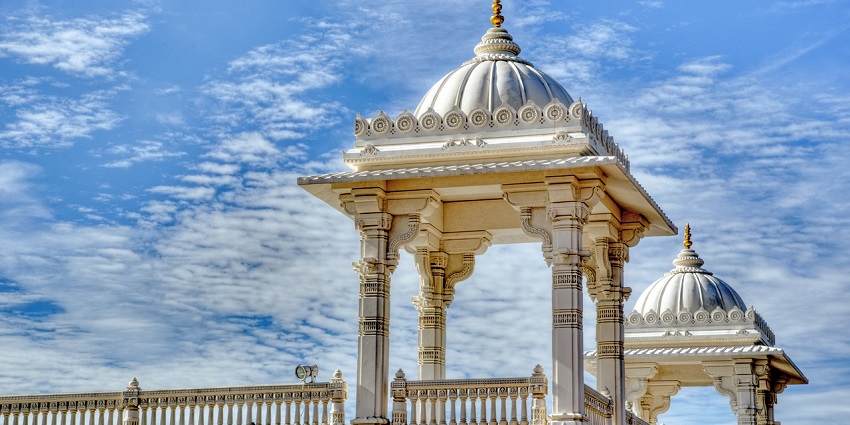
Photo: ChanhNguyen / Pixabay / Image For Representation Only
Average Cost Of The Trip
A trip cost to Ayodhya Temple can be budget-friendly, with an average cost ranging from ₹1,500 to ₹4,000 per person. This cost includes transportation, meals, and accommodation. Budget travellers can opt for public transport and budget eateries to keep costs low, while mid-range travellers can enjoy more comfortable accommodations and dining options. The overall expense may vary based on individual preferences and travel styles.
Tips For Travellers
- Plan your itinerary to include major temples and sights to maximise your visit.
- Stay hydrated and carry water bottles, especially while exploring outdoor sites.
- Engage with locals to learn about the culture and history of Ayodhya.
- Book accommodations in advance during peak tourist seasons to ensure availability.
- Respect the local culture and follow guidelines at religious sites for a smooth experience.
Suggested Read: Hastinapur Wildlife Sanctuary
Ayodhya Temple is a beacon of faith and cultural heritage, drawing countless visitors eager to connect with its spiritual roots. The city’s historical significance offers an enriching experience for both pilgrims and tourists. Whether you’re here for a spiritual journey or to explore its rich history, Ayodhya promises to leave a lasting impression. Consider booking your trip through TripXL, which provides comprehensive packages to enhance your experience.
Cover Photo: Vice President’s Secretariat / Wikimedia Commons


 WhatsApp
WhatsApp
 Twitter
Twitter









